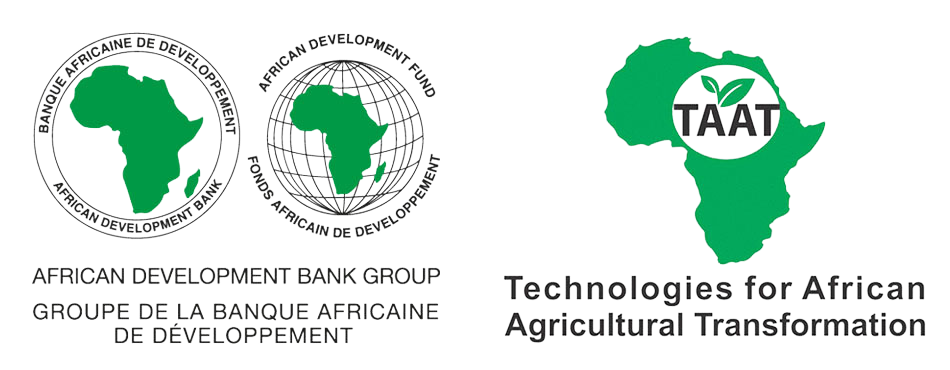

Efficient rice threshing and polishing for premium quality grains, boosting income and market access in african communities.
This technology uses special machines to help process rice after it's harvested. The first machine separates the rice from its protective covering. The second machine makes the rice look and taste better by gently polishing it. These machines are easy to move and can be used right in the fields where the rice is grown. They can be powered by generators or solar panels, so they work even in places with no electricity. Made from strong stainless steel, these machines are durable and easy to keep clean. This technology is a big step forward for rice processing, especially for farmers in Sub-Saharan Africa.
This technology is TAAT1 validated.
Advanced polishers and whiteners
Small bench-top polishers
Patent granted
The Axial Flow Threshers and Improved Quality Polishing technology may be of interest to manufacturers, resellers, and users (farmers).
Manufacturers
Manufacturing axial flow threshers and quality polishing equipment offers a lucrative opportunity to transform agricultural operations. To enter this market, consider the following steps:
Evaluate costs associated with manufacturing the equipment and identify key customers such as resellers, cooperatives, agricultural associations, and development projects.
Resellers
Selling axial flow threshers and quality polishing equipment to farmers presents an opportunity to significantly improve agricultural efficiency and reduce labor-intensive tasks. To effectively enter this market, follow these steps:
Determine the cost of the technology based on the size and specifications of the machinery required for your business. Consider expenses such as transportation costs, import duties, and taxes to accurately assess the total investment.
Potential customers include farmers, development projects, and farmers cooperatives or associations.
Highlight the benefits of using axial flow threshers and quality polishing equipment, such as increased efficiency and reduced labor requirements, to attract potential buyers.
Users
Utilizing axial flow threshers and quality polishing equipment can significantly enhance farming efficiency. Key partners in this endeavor include sellers or managers who handle mechanized equipment for farming.
When considering the cost of axial flow threshers and quality polishers, prices vary based on specifications. For instance, a local trailer-mounted thresher unit with an unhusked grain output capacity of 0.5-0.75 ton per hour costs around 4,500 USD, while advanced polishers are priced between 15,000 and 20,000 USD from retailers.
Adults 18 and over: Positive high
Improved rice quality and reduced losses lead to higher market value, boosting household earnings.
The poor: Positive medium
Access to modern technology increases productivity, enabling poorer farmers to improve their livelihoods and integrate into value chains.
Under 18: Positive low
It helps reduce the need for children to assist in labor-intensive processing, allowing them more time for education.
Women: Positive medium
Mechanized processes reduce exposure to repetitive manual tasks, which can cause physical strain or injuries.
Climate adaptability: Moderately adaptable
Efficient processing reduces grain losses, helping farmers maximize output even in challenging climatic conditions.
Farmer climate change readiness: Moderate improvement
It supports farmers' ability to handle increased workloads caused by climate-related stress.
Biodiversity: No impact on biodiversity
Mechanized units reduce reliance on extensive manual labor, preserving habitats near farming areas.
Carbon footprint: Same amount of carbon released
Use of solar-powered units and compact generators minimizes fossil fuel dependency, reducing emissions.
Environmental health: Does not improve environmental health
Mechanized systems reduce waste and dust from manual methods, improving air and environmental quality.
Soil quality: Does not affect soil health and fertility
As the technology focuses on post-harvest processing, it does not directly impact soil but enables farmers to reinvest in soil management with higher profits.
Water use: Same amount of water used
Unlike traditional methods, this technology does not require additional water for processing, making it water-efficient.
Scaling Readiness describes how complete a technology’s development is and its ability to be scaled. It produces a score that measures a technology’s readiness along two axes: the level of maturity of the idea itself, and the level to which the technology has been used so far.
Each axis goes from 0 to 9 where 9 is the “ready-to-scale” status. For each technology profile in the e-catalogs we have documented the scaling readiness status from evidence given by the technology providers. The e-catalogs only showcase technologies for which the scaling readiness score is at least 8 for maturity of the idea and 7 for the level of use.
The graph below represents visually the scaling readiness status for this technology, you can see the label of each level by hovering your mouse cursor on the number.
Read more about scaling readiness ›
Uncontrolled environment: tested
Used by some intended users, in the real world
| Maturity of the idea | Level of use | |||||||||
| 9 | ||||||||||
| 8 | ||||||||||
| 7 | ||||||||||
| 6 | ||||||||||
| 5 | ||||||||||
| 4 | ||||||||||
| 3 | ||||||||||
| 2 | ||||||||||
| 1 | ||||||||||
| 1 | 2 | 3 | 4 | 5 | 6 | 7 | 8 | 9 | ||
| Country | Testing ongoing | Tested | Adopted |
|---|---|---|---|
| Benin | –No ongoing testing | Tested | Adopted |
| Burkina Faso | –No ongoing testing | Tested | Adopted |
| Cameroon | –No ongoing testing | Tested | Adopted |
| Côte d’Ivoire | –No ongoing testing | Tested | Adopted |
| Gambia | –No ongoing testing | Tested | Adopted |
| Mali | –No ongoing testing | Tested | Adopted |
| Mauritania | –No ongoing testing | Tested | Adopted |
| Nigeria | –No ongoing testing | Tested | Adopted |
| Senegal | –No ongoing testing | Tested | Adopted |
This technology can be used in the colored agro-ecological zones. Any zones shown in white are not suitable for this technology.
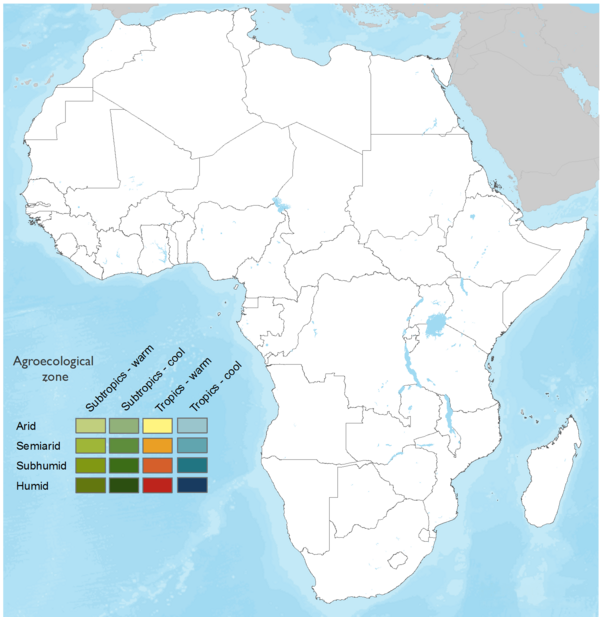
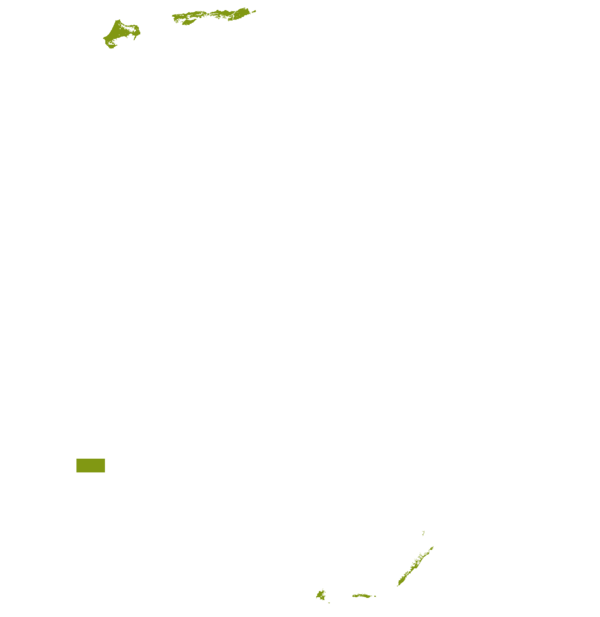



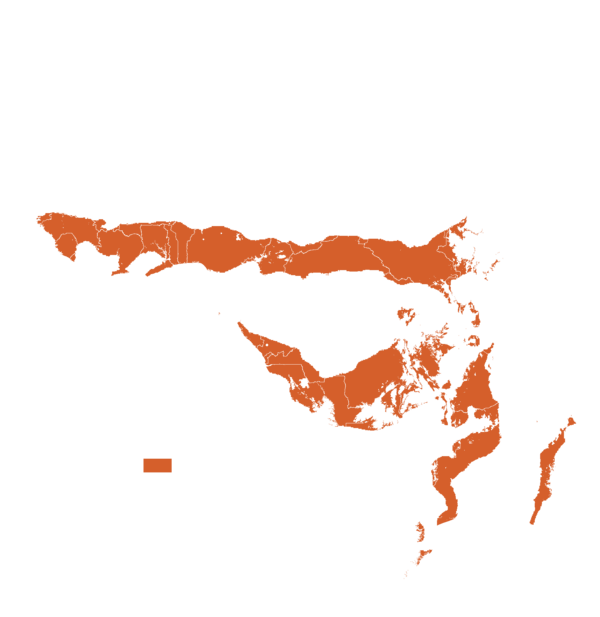

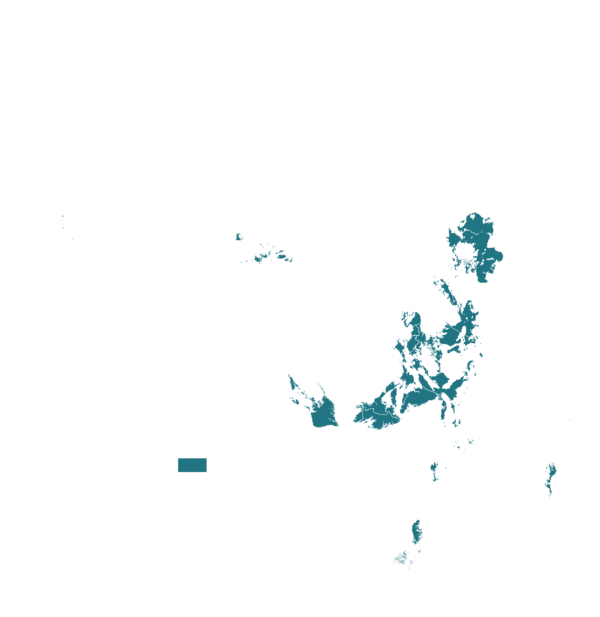
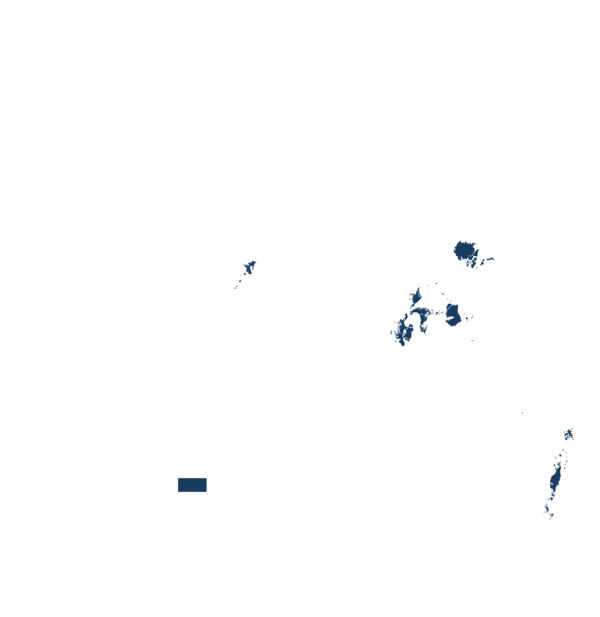
| AEZ | Subtropic - warm | Subtropic - cool | Tropic - warm | Tropic - cool |
|---|---|---|---|---|
| Arid | – | – | – | – |
| Semiarid | – | – | – | – |
| Subhumid | ||||
| Humid |
Source: HarvestChoice/IFPRI 2009
The United Nations Sustainable Development Goals that are applicable to this technology.

Enhances food security by improving rice quality and yield, ensuring more consistent access to high-quality food.
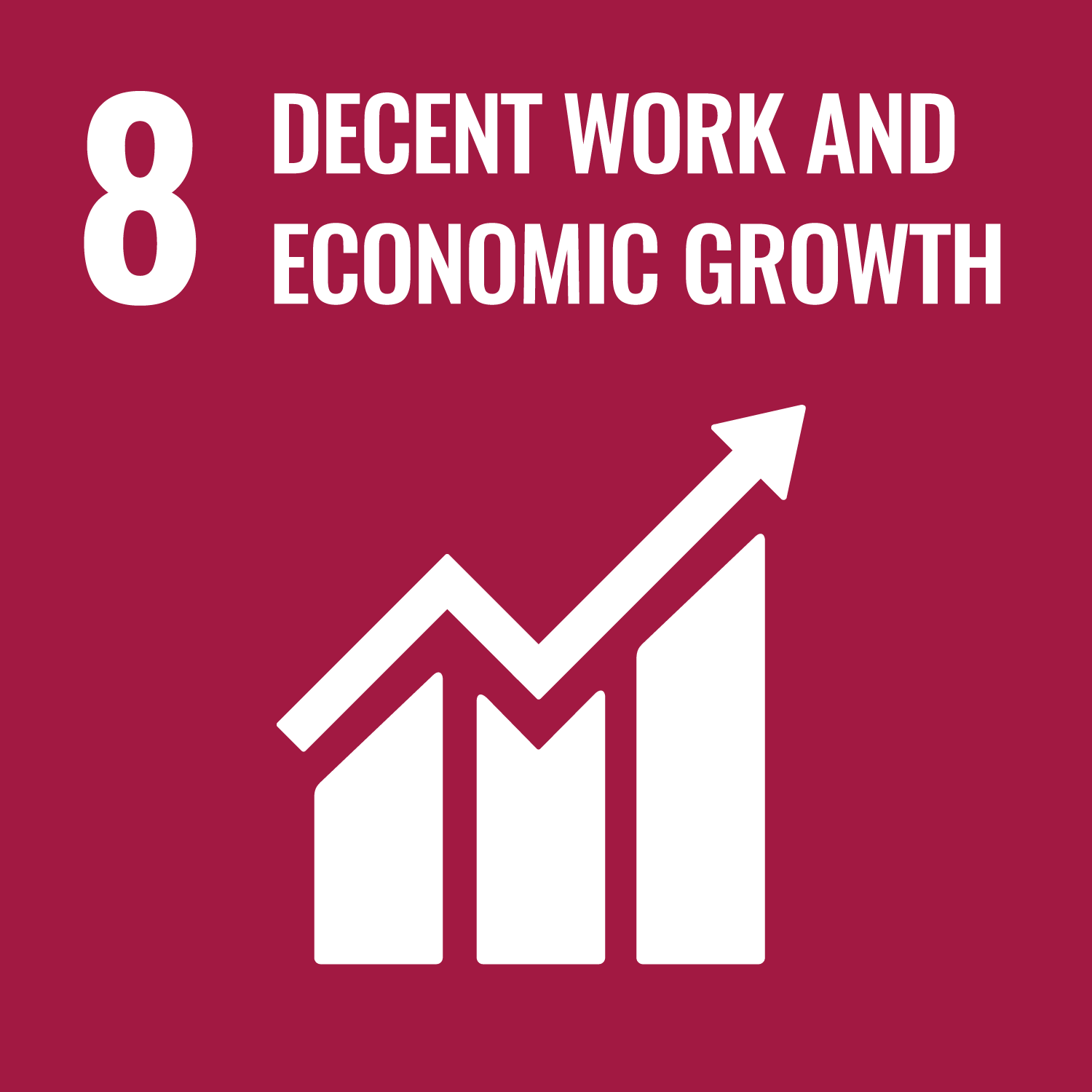
Supports mechanized agriculture, driving economic development and creating new jobs in rural areas.
Setup: Place the thresher and polisher near the fields.
Adjust Thresher: Set speed and feed-in rate for efficient processing.
Threshing: Feed rice into thresher for husk removal.
Clean Grains: Use sieves and blower to remove husks.
Polishing: Polish rice in the abrasive polisher for better quality.
Control Speed: Adjust polishing speed to prevent breakage.
Collect Rice: Gather processed rice for storage or packaging.
Power: Ensure stable power supply for machines.
Maintenance: Regularly check and clean equipment.
Recordkeeping: Keep track of processing data.
Last updated on 31 October 2025